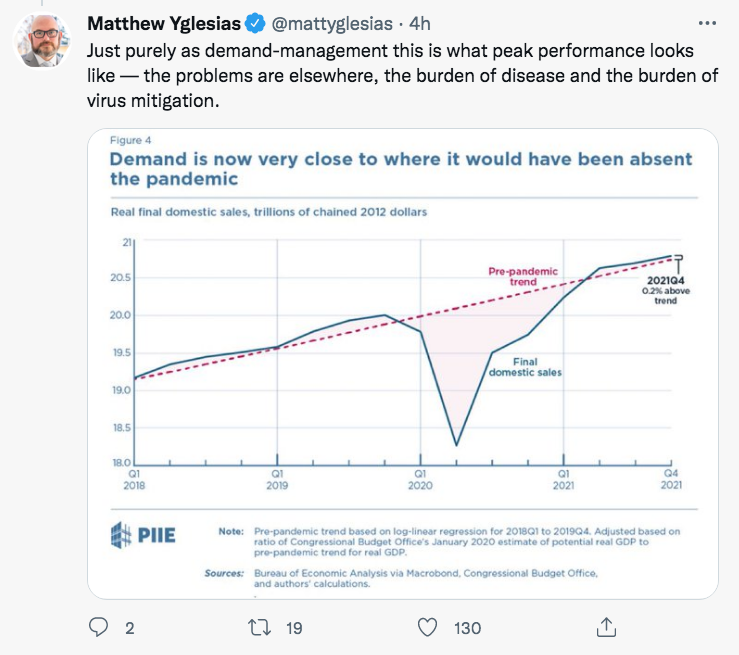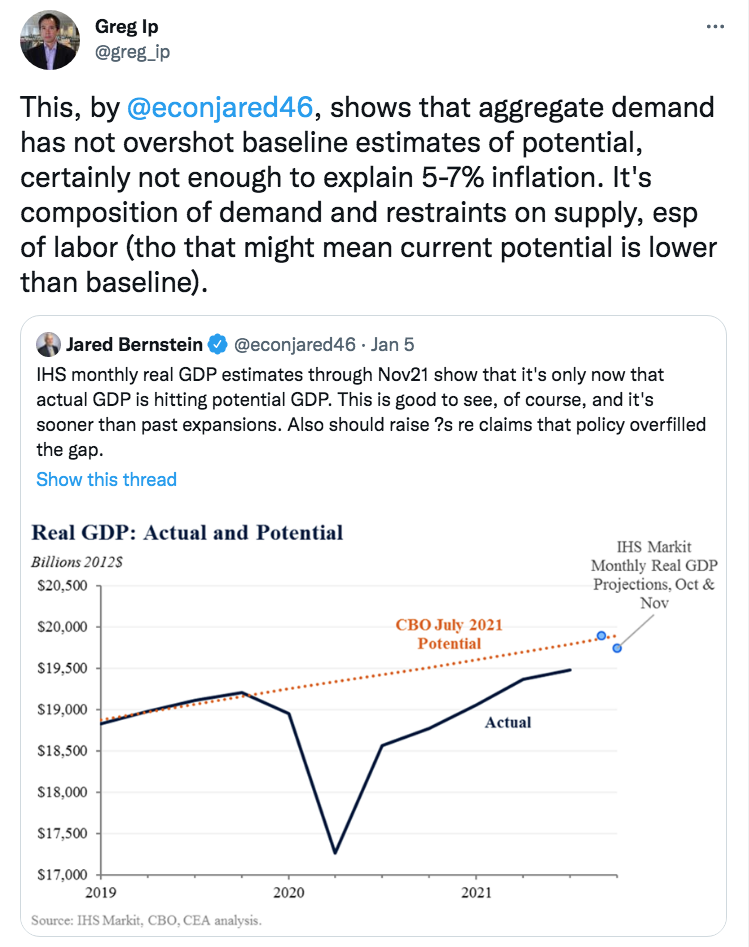My most right wing views
I recently saw someone on twitter asking people for their most right wing opinion. It’s hard to say how I’d answer that question. Abolish the minimum wage? Abolish the FDA? Possibly, but lots of other libertarians hold those views. Instead, I’d point to my belief that FDIC should be abolished.
Even many conservatives approve of government deposit insurance. Some believe that without FDIC the financial system would be susceptible to runs. That might have been true under the gold standard (although the Canadian experience suggests otherwise), but I doubt it is true to day. The Fed can and likely would provide almost unlimited liquidity if there were a run on the banking system.
Others worry that consumers are unable to discipline banks, as they are too uninformed about bank liabilities. I’d respond to that in two ways. First, people were far better informed before deposit insurance. Second, the market would provide safe assets for small savers, and large bank depositors would allocate funds between banks in much the same way that bond buyers allocate funds between Treasuries, AAA bonds, and junk bonds. Where people want safety, the market will supply safety—for a price.
In any case, the worry about small depositors is about to become a moot point. This is from the Fed’s new 40 page paper on CBDCs:
As a liability of the Federal Reserve, however, a CBDC would not require mechanisms like deposit insurance to maintain public confidence, nor would a CBDC depend on backing by an underlying asset pool to maintain its value. A CBDC would be the safest digital asset available to the general public, with no associated credit or liquidity risk.
People who wanted a perfectly safe and convenient way to store money could hold CBDCs. The Fed envisions private firms providing customers with this option:
The Federal Reserve Act does not authorize direct Federal Reserve accounts for individuals, and such accounts would represent a significant expansion of the Federal Reserve’s role in the financial system and the economy. Under an intermediated model, the private sector would offer accounts or digital wallets to facilitate the management of CBDC holdings and payments. Potential intermediaries could include commercial banks and regulated nonbank financial service providers, and would operate in an open market for CBDC services.
Even if the bank fails, the money is perfectly safe. There would no longer be any legitimate excuse for FDIC. Here’s John Cochrane:
Thus, a practical CBDC really will likely be limited to a wide array of non-bank financial institutions, who then handle the consumer-facing details, for a small fee. But having stated it that way, we are essentially rediscovering narrow banks: financial institutions that take deposits and 100% back those deposits with reserves at the central bank, and provide high-speed electronic transactions services.
Narrow banks are a wonderful idea, as they simply cannot fail, and they simply cannot suffer runs and crises. If our regulators stipulate that all deposits must be in narrow banks, and regular banks must raise funds by selling equity or long-term debt, we would have a financial system forever immune from crises, and the regular banks would need next to no regulation.
Of course FDIC would persist, because bankers don’t want to lose this important subsidy. They would lobby hard for the program to continue, and I believe they would win out over taxpayers. Here’s Cochrane:
Why do we not have narrow banks already — either regular banks or money-market funds that offer debit cards? The paradoxical answer is simple: The same central banks and government regulators that are thinking about issuing CBDC ban narrow banks.
They offer reasons, echoed by Lea Zicchino in a previous article in this series.
First, people might run away from bank deposits in a crisis. But people, and more importantly financial institutions, already can run to cash, money market accounts, mutual funds, commercial paper, repo, and many other securities. The heart of a run is what people are running from, not what they might run to. Substituting CBDC for bank deposits would stop, not enhance runs.
Second if people hold more CBDC in place of bank deposits, then banks will lose a cheap source of funds, and they might raise lending rates.
Once we have CBDCs, my anti-FDIC view will no longer be my most right wing opinion. And after Covid, I’m not sure my abolish the FDA view is all that right wing. Abolish the public school system? The teachers unions are already hard at work on that objective. Abolish zoning laws and allow nuclear waste dumps right next to residential housing? Heck, even Matt Yglesias seems sorta OK with that idea. Abolish the minimum wage? Some of the Nordic countries don’t even have one. Privatize fire departments? Denmark got there first.
It gets harder and harder to find views outside the Overton window.
PS. Check out George Selgin’s excellent discussion of the Fed’s CBDC paper. Also, David Beckworth’s interview of Selgin on CBDCs.



